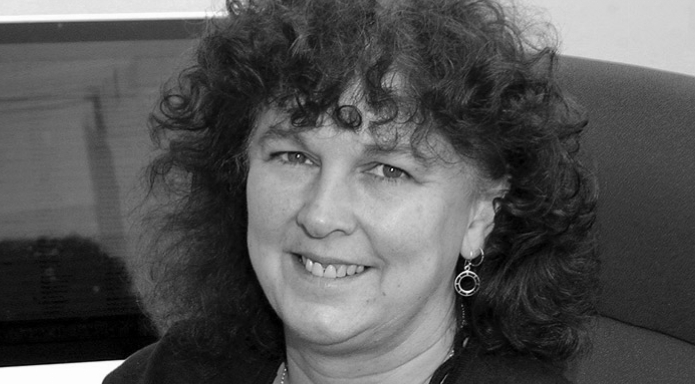The CIO is the new king of happiness

“What Dropbox has uncovered here is possibly the biggest challenge companies are facing today; it puts into question the way companies are, and should be structured in the digital age.” Kim MacGillavry, VP of Customer Experience, DHL Freight
They say money can’t buy you happiness. But what happens when you turn that tired old cliché round, and start exploring what happiness can buy you?
From a workplace point of view, what are we talking about? Improved staff retention, a boost in creativity, a lift in profits – or all of the above?
It’s a subject we’ve been interested in since seeing a decade’s worth of research gathered by Harvard Business Review on the “Happiness Dividend.” According to these findings, happiness raised nearly every business outcome, including sales by 37%, productivity by 31% and accuracy by 19%, as well as a myriad of health and quality of life improvements. Frankly, the headlines from that should read something along the lines of ‘Happy employees build your business better and faster.’
Theory is great, but in the workplace, if we know employee happiness can get you more creativity, extra productivity and an increase in sales, how do you do it? How do you make your employees happy, and who in your business is responsible?
Well, according to the latest piece of Dropbox research there’s a very strong argument to say the CIO has a huge part to play.
Our “Collective Creativity” survey was carried out by Ipsos MORI, who spoke to over four thousand IT decision makers and information workers in multiple countries. Our goal was to get a better understanding of the relationship between flexibility at work, collaboration tools, productivity, creativity, and happiness.
And the results are conclusive.
In fact, when it comes to the workplace, we’ve discovered there are four groups of people:
- The non-collaborating, non-flexible worker (strict work hours, one location, works solo)
- The non-collaborating, flexible worker (relaxed hours, multiple locations, works solo)
- The collaborating, non-flexible worker (strict work hours, one location, works in teams)
- The collaborating, flexible worker (relaxed hours, multiple locations, works in teams)
And here are the headline statistics we recommend you take on board.
81% of the UK’s collaborating, flexible workers said they were happy in their job, compared to 54% of the non-collaborating, non-flexible workers. And when asked if their work allowed them to be more creative, the results for the respective groups were 66% compared to a lowly 23%.
In France, results were similar. 77% of the collaborating, flexible work force said they were happy in their job, compared to 50% of the non-collaborating, non-flexible workers. When it came to creativity at work the respective groups were 65% compared to a 25%.
Happiness levels in the Netherlands registered higher, with the collaborating, flexible workers reaching a staggering 92%, dropping to 76% for the non-collaborating, non-flexible workers – although figures dipped to a respective 55% and 42% for how creative they felt.
And although lower than their Dutch neighbours, in Germany the happiness results were slightly higher than the UK and France. The figure was 82% for the collaborating, flexible workers and 64% for the non-collaborating, non-flexible workers. When it came to creativity in the work-place, the scores were 72% and 35% respectively. You can view all the results in this infographic.
“The results don’t surprise me. We all want our staff to be happy and creative in their jobs. But, it’s not simply about making individual employees happy. The question is how to align the happiness of individual employees, with that of their colleagues, in a way that makes customers happy.” MacGillavry continued: “The study gives some insight into how to make that happen. Increasingly there is an important role CIO’s need to play by suggesting and developing the right tools to foster collaboration in a less structured and more flexible work environment, one that spans entire teams – not internal siloes.”
What’s already clear is the workplace, for most people, is no longer a desk with an ‘in-tray’ and an ‘out tray’ – just look at our interview with Ugly Drinks. The workplace is anything you want it to be, or more importantly, anything your exceptional staff want it to be.
But, is happiness in this day-and-age driven by the traditional HR model, or the C-Suite, or employees’ line managers? Mark van der Linden, UK MD of Dropbox says: “Yes, absolutely to all three, but we can’t discount the contribution the CIO makes. If a business can integrate the right technology with the right services, CIO’s have the ability to create a bespoke workplace for each and every one of their team, no matter how big or small.”
Mark continued: “It’s a chance to create a new generation of collaborating, flexible workers, who, as our research shows, will be happier, more creative staff. And as we’ve learnt, that can lead to extra productivity and increased sales.”
Click here to learn more about Dropbox’s Collective Creativity Research.




